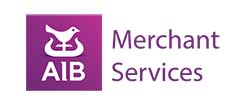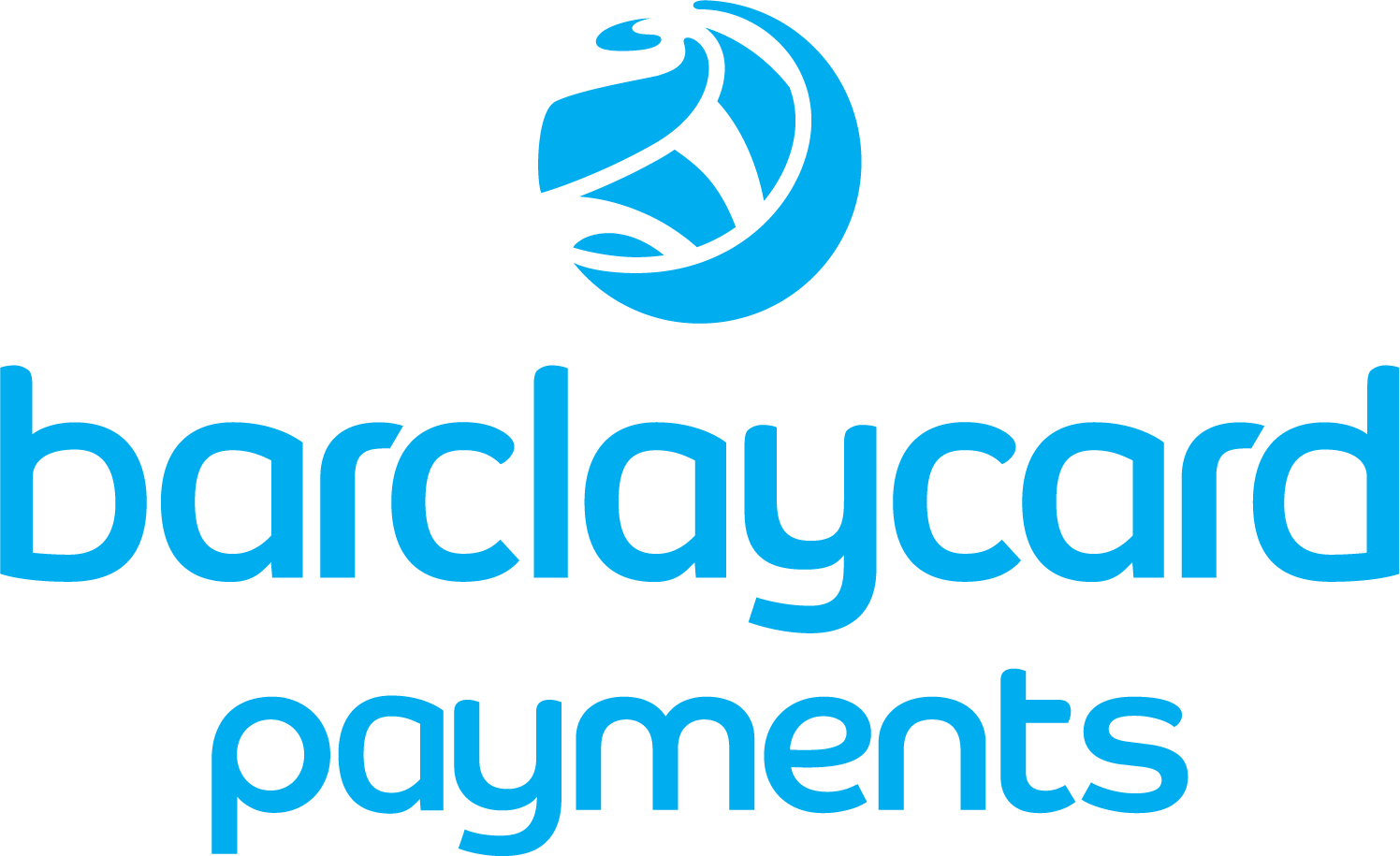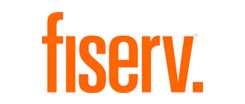- Compare Card Processing Rates from as low as 0.27%
- Keep your card processing fees to a minimum
- Direct access to 80% of the UK’s leading acquiring banks
- Make the right choice for your next UK payment provider
- Ensure your rates always remain competitive
- Seamlessly switch payment provider without a hitch






We're rated Excellent on
The Best Practices for Secure Online Payment You Need to Know
In today’s digital world, online payments have become the preferred payment method for millions of people. Whether you’re shopping online, paying bills, or transferring funds, the convenience of paying online is unmatched. However, with this ease comes the risk of fraud and cyber threats.
To ensure secure transactions, it’s essential to use the most secure payment methods and follow best practices. This guide covers everything you need to know about secure online payment, from choosing the right payment services to protecting your personal details.
Why Secure Online Payments Matter
Every time you enter your card number online or save your payment details on a website, you expose yourself to potential risks. Cybercriminals target online transactions to steal credit or debit card information, bank account details, and even identity data.
By using secure payment methods, you can minimise these risks. Here’s what you stand to lose if security is overlooked:
-
Money stolen from your accounts
-
Unauthorised purchases made with your card number
-
Fraud leading to damaged credit scores
-
Loss of sensitive personal details
Fortunately, with the right precautions, you can protect yourself and enjoy a seamless checkout experience.
Most Secure Payment Methods for Online Transactions
Not all payment methods offer the same level of security. Below are some of the safest ways to pay online:
1. Credit or Debit Cards with Fraud Protection
Most Visa and Mastercard credit and debit cards come with built-in fraud protection. Features like chip and PIN, contactless payments, and real-time transaction alerts help keep your money safe.
Why it’s secure:
-
Encryption protects your card number
-
Issuer support for disputing unauthorised charges
-
Chip cards are harder to clone than magnetic stripes
2. Digital Wallets (Google Pay, Apple Pay, PayPal)
Digital wallets like Google Pay store a digital version of your card, so you don’t have to enter payment details every time. They use tokenisation, replacing your card number with a unique code for added security.
Benefits:
-
Fewer steps at checkout
-
No need to share your actual card number online
-
Additional layer of authentication (biometrics, PIN)
3. Bank Transfers & Direct Debits
For larger transfers, direct bank account payments can be safer than entering card details. Services like Faster Payments and SEPA ensure secure movement of funds.
When to use:
-
Paying bills or services
-
High-value transactions
-
Recurring payments (e.g., subscriptions)
4. Virtual Cards for Online Purchases
Some banks offer virtual cards—temporary card numbers linked to your account. These are perfect for online purchases because they expire after use, reducing fraud risk.
Best Practices for Secure Online Payments
Choosing a secure payment method is just the first step. Follow these best practices to further safeguard your money:
1. Only Use Trusted Websites
Before entering payment details, check:
-
The website has HTTPS (look for the padlock icon)
-
Reviews and ratings from other customers
-
Clear refund and fraud protection policies
Example: If a store asks for your card number but lacks basic security, avoid it.
2. Enable Two-Factor Authentication (2FA)
An additional layer of security, like a text message code or authentication app, helps verify your identity before completing a transaction.
3. Avoid Saving Card Details on Websites
While it’s convenient, storing your card number online increases exposure to data breaches. Manually entering details each time is safer.
4. Monitor Your Bank & Card Statements
Regularly check your accounts for unauthorised transactions. Report suspicious activity to your bank immediately.
5. Use Strong Passwords & Update Them Regularly
If a website requires an account, ensure your password is unique and complex. A password manager can help.
6. Beware of Phishing Scams
Fraudsters may send fake emails or text messages pretending to be your bank. Never click on suspicious links or share personal details.
7. Opt for Contactless Payments When Shopping Online
Contactless payments via Google Pay or Apple Pay reduce the risk of skimming since your card number isn’t exposed.
8. Keep Your Devices Secure
Ensure your phone and computer have updated antivirus software to prevent malware from stealing payment details.
How Merchants Can Enhance Payment Security
If you run an online store or website, securing customer transactions is crucial. Here’s how:
1. Use PCI-Compliant Payment Processors
Only accept payments through PCI-DSS compliant services to ensure encryption and fraud protection.
2. Implement 3D Secure for Card Payments
This technology adds an additional layer (e.g., bank verification via text message) before approving a transaction.
3. Offer Multiple Secure Payment Options
Allow customers to pay via digital wallets, credit or debit cards, and bank transfers to suit their preferred payment method.
4. Regularly Update Security Protocols
Stay ahead of cyber threats by using the latest encryption and fraud detection tools.
Final Thoughts: Staying Safe While Paying Online
Secure online payment is a shared responsibility between consumers and businesses. By using the most secure payment methods, staying vigilant, and following best practices, you can protect your money and personal details.
Whether you prefer debit cards, Google Pay, or bank transfers, always prioritise security over convenience. With rising fraud risks, taking fewer steps now could save you from significant losses later.
For more tips on secure transactions, explore our investment and banking guides—because your financial safety matters.
Key Takeaways
✅ Use credit or debit cards with fraud protection
✅ Opt for digital wallets like Google Pay for added security
✅ Only enter payment details on trusted websites
✅ Enable two-factor authentication for online purchases
✅ Monitor bank accounts for unauthorised transactions
By following these steps, you can pay online with confidence, knowing your funds and identity are secure.
